After a summer of volatile weather, gardens up and down the country blossomed and bloomed — often with weeds more than plants.
Now that autumn is on the horizon, many people will have more time to tackle their overgrown gardens. Peter Teasdale, plant architect at the Pavilion Garden Centre in Cork, says that although the volume of rain has certainly accelerated the growth of weeds, there are ways in which they can be tackled.
“For really voracious weeds like docks or thistles, you need to use a dock digger or use a long-pronged fork to remove their long cap roots — whereas surface weeds can be pulled or hoed out easily,” he says. “Another option gaining popularity is no-dig gardening, where you use a biodegradable membrane, like plain cardboard, to cover the ground and then apply mulch on top. This method reduces the need for frequent weeding. Alternatively, you can use organic methods like burning weeds off or using salt in cracks and crevices, to avoid the use of toxic sprays.”
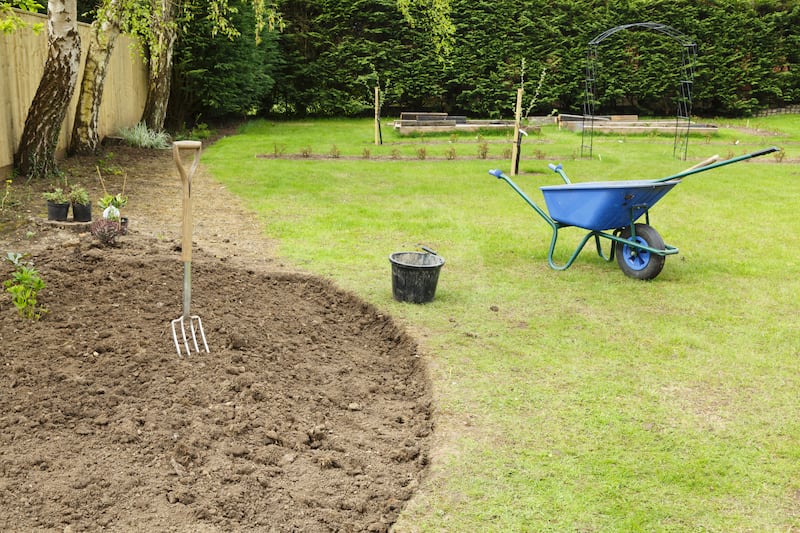
Brian Burke, garden expert at Woodie’s in Laois, says this summer was the “perfect storm”, which has resulted in an “explosion of growth” for both plants and weeds. He says that mulching and ground cover planting are both very effective and under-used strategies to deal with the latter.
READ MORE
“An organic mulch such as cardboard, straw, wood chip, wood fibre, sawdust or shredded bark can be spread generously on beds to suppress weeds in the vacant spaces between plants,” he says. “In my experience, the finer wood fibre type mulches work best. A good mulch does several jobs — it makes plants look their best, controls weeds, retains moisture and will decompose slowly, adding nutrients to the soil below.
“The use of ground cover plants is also an effective approach and good options are species like Pachysandra terminalis, Vinca minor, Brunnera macrophylla, Epimedium — heather is also well capable of doing the job. Ground cover will stay low to the ground and spread reliably to eventually occupy all those vacant spaces which would otherwise be colonised by weeds.”
As well as getting rid of unsightly weeds, there are many other jobs which need to be undertaken at this time of year in order to ensure your garden will continue to look good during the coming seasons.
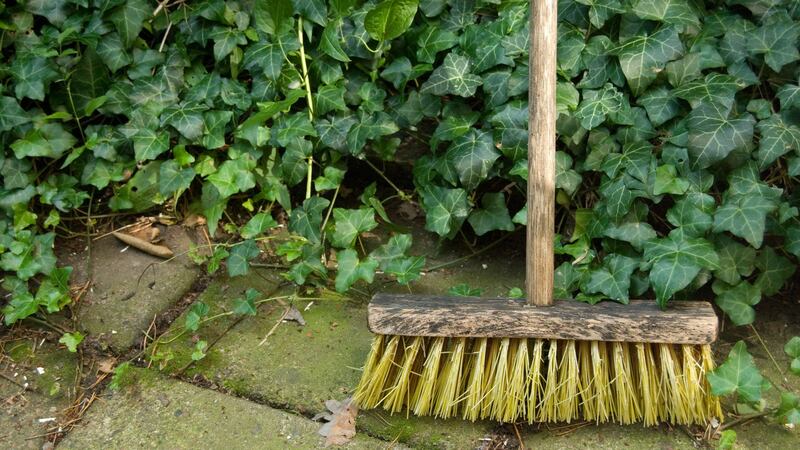
“The end of the summer is a busy time as there are plenty of crucial jobs to get ready for the onset of autumn and winter and also to make sure everything is primed and ready to go next spring,” says Burke.
“Firstly, you can deadhead spent flowers on perennials to extend flowering for as long as possible. Have a look at your shrubs and identify those which will need pruning later on in the dormant season — and consider not cutting back your perennials and letting them go to seed to provide a much-needed food source for our flying friends over the bleak winter months.
“If you have managed to find the time to grow some of your own this season, now is the time to harvest the remaining crop of things like tomatoes, courgettes, beans and late-season fruits. You can always keep the veg garden going by sowing seeds or planting seedlings of cold-season crops such as spinach, and kale, for another mini-harvest during the autumn and winter. After harvesting, prepare your soil for next year by adding compost or well-rotted manure, cultivate it and dig it in. This will help with soil fertility and structure.
“And if you’re feeling adventurous and ambitious, remember that late summer can be a good time to propagate certain plants by cuttings and division. It’s a great way to expand your skill set and ensure the survival of desirable plants in your garden.”
“Some herbaceous perennial plants will not be looking their best right now, so cutting them back can lead to repeat flowering,” adds Teasdale. “Also ensure Dahlias are staked and supported to protect them from wind and rain. And applying a light cover of preparatory mulch from November onwards is beneficial, as it improves soil conditions. It’s essential to strike a balance between tidying up in the garden and encouraging nature to thrive.”
Both experts agree that while many people will be looking forward to putting away their lawnmower for the winter, the grass still needs a bit of care.
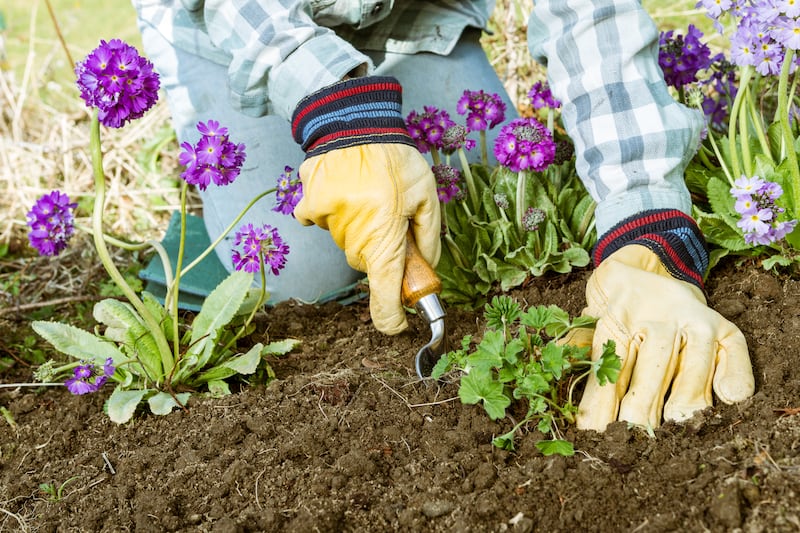
“Towards the end of summer, lawn care is still important, including tasks like weeding, scarifying, feeding, and levelling with lawn sand,” says Teasdale. “When dealing with moss, you can either use moss killers like Moss Master, or opt for scarification (removing the built up layer of decaying organic material from the surface). I prefer scarifying and then using lawn sand to strengthen the grass’s root system, preventing moss growth.”
Burke says that while some people do not regard the presence of moss on a lawn to be a bad thing, “others are positively offended”.
“If you fall into the latter camp, the best, most organic way to tackle it is the three-pronged approach of scarifying, aerating and overseeding — but be warned, there is a bit of elbow grease involved,” he says.
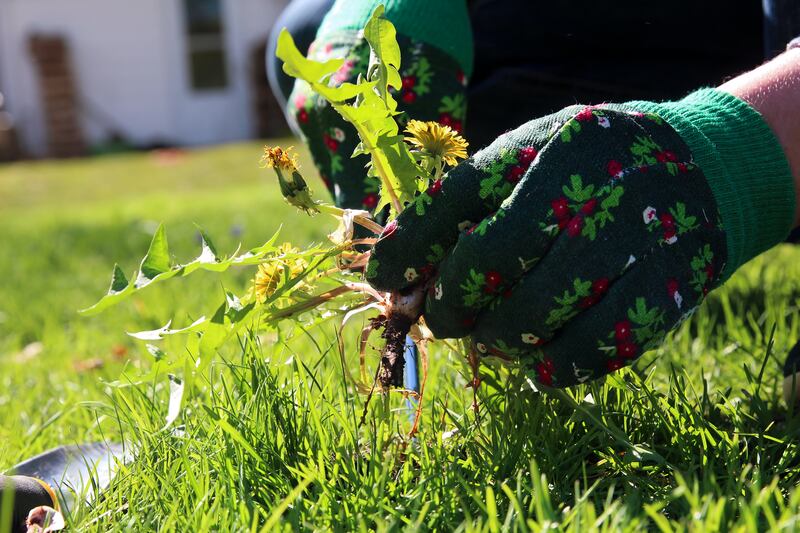
“Scarifying can be done manually or mechanically and aerating is a process which is typically done in conjunction with the scarifying, again this can be done manually or mechanically. Finally, the addition of a good soil and horticultural sand blend and a generous overseeding will kick the lawn back into action.
“The logic of this three-pronged approach is to remove the build-up of material on the surface, which has created optimum conditions for the proliferation of the moss, increase aeration to the root zone of the grass, improve water percolation and initiate germination of a new generation of grass seed to augment the existing.”
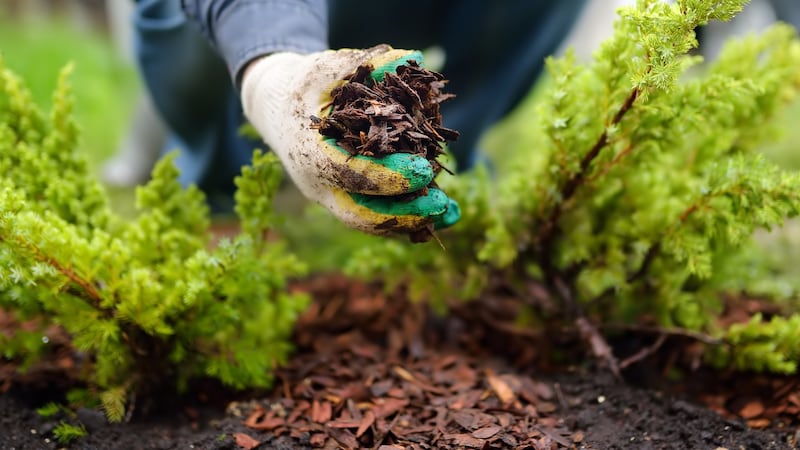
While keeping the garden looking as good as possible for the coming months is a priority, but also a chore, many homeowners will only have a smaller outdoor space to contend with and this makes life easier. But it is important to remember that some plants will need to be protected as the weather gets colder.
“Perennials [in pots] can be cut back to re-emerge next spring, alternatively the spent flowers can be left standing to provide food for wildlife over the winter — while annuals can be removed and replaced and shrubs pruned and shaped in readiness for next year,” says Burke.
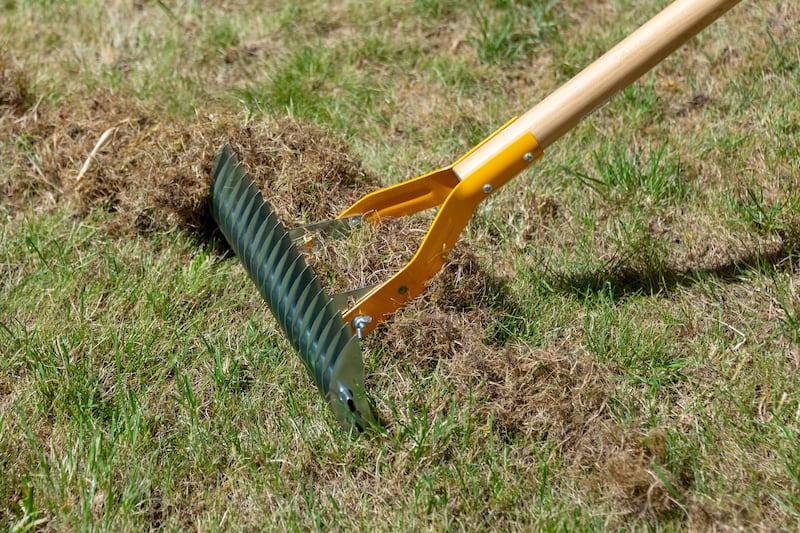
“Winter displays are always an option, depending on the space available within your pots. Combinations of things like Carex, Heather, Hellebore, Cyclamen, Winter pansy are a great way to provide interest and colour over the winter. Larger shrubs like Skimmia, Phormium, Holly will also work, if space allows.
Garden essentials
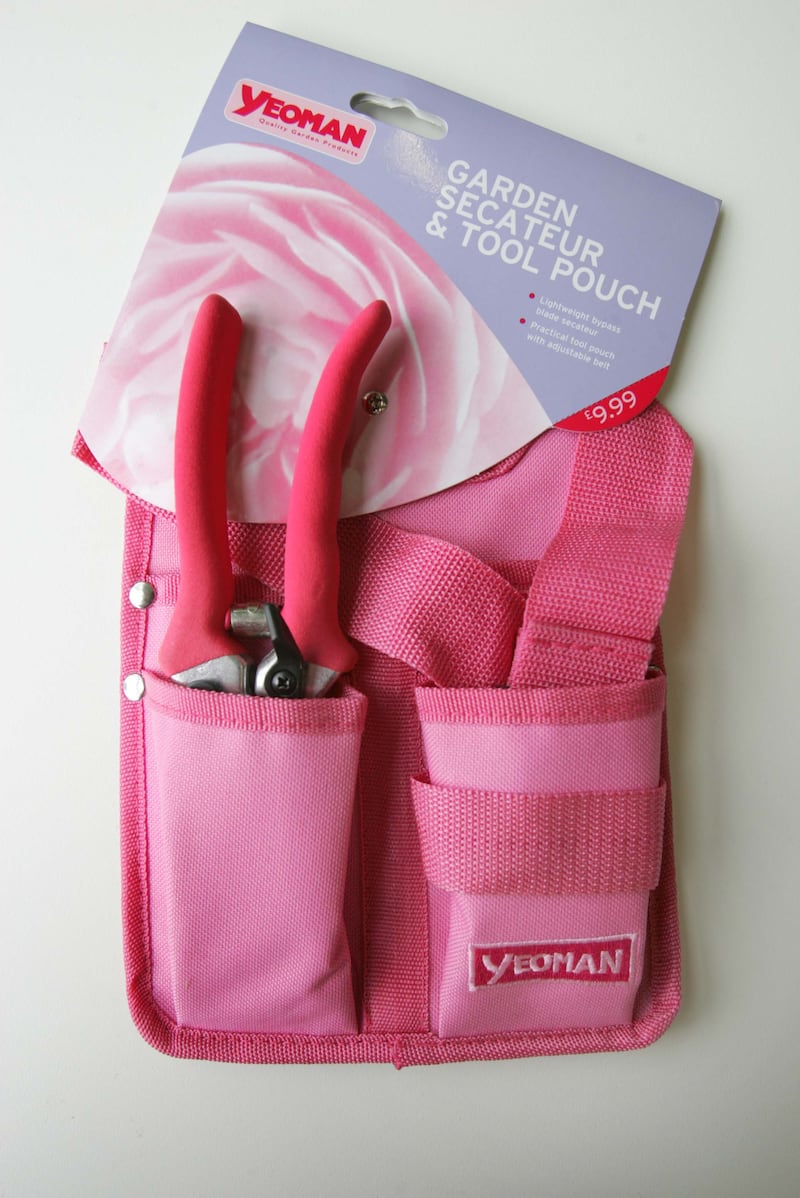
Here are some basics which Brian Burke says every gardener should have to hand:
- Half-moon edger — essential for keeping edges and borders sharp;
- Good strong yard brush;
- Four-prong digging fork for cultivation and soil preparation;
- Wire rake;
- Darby digging shovel;
- Suare transfer shovel;
- Telescopic loppers;
- Secateurs;
- Hedge clippers;
- Pruning saw;
- Wheelbarrow;
- A good pair of gloves and plenty of enthusiasm.














